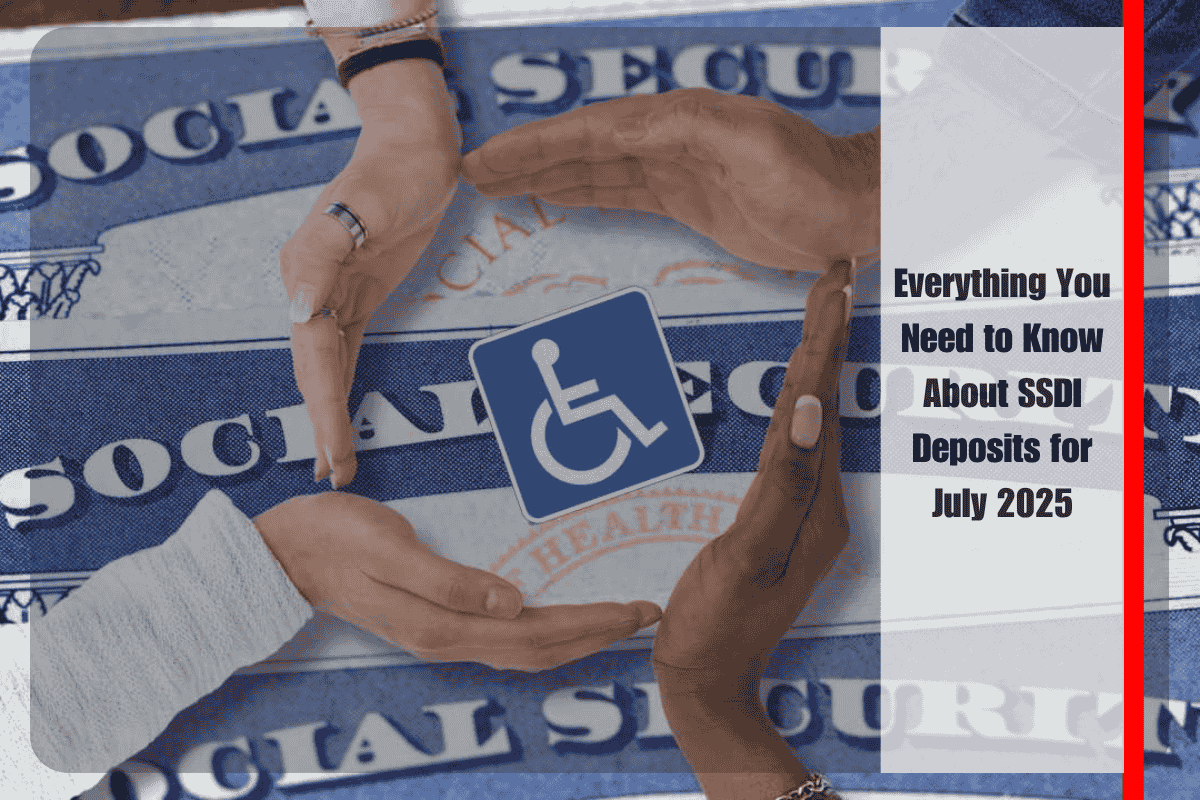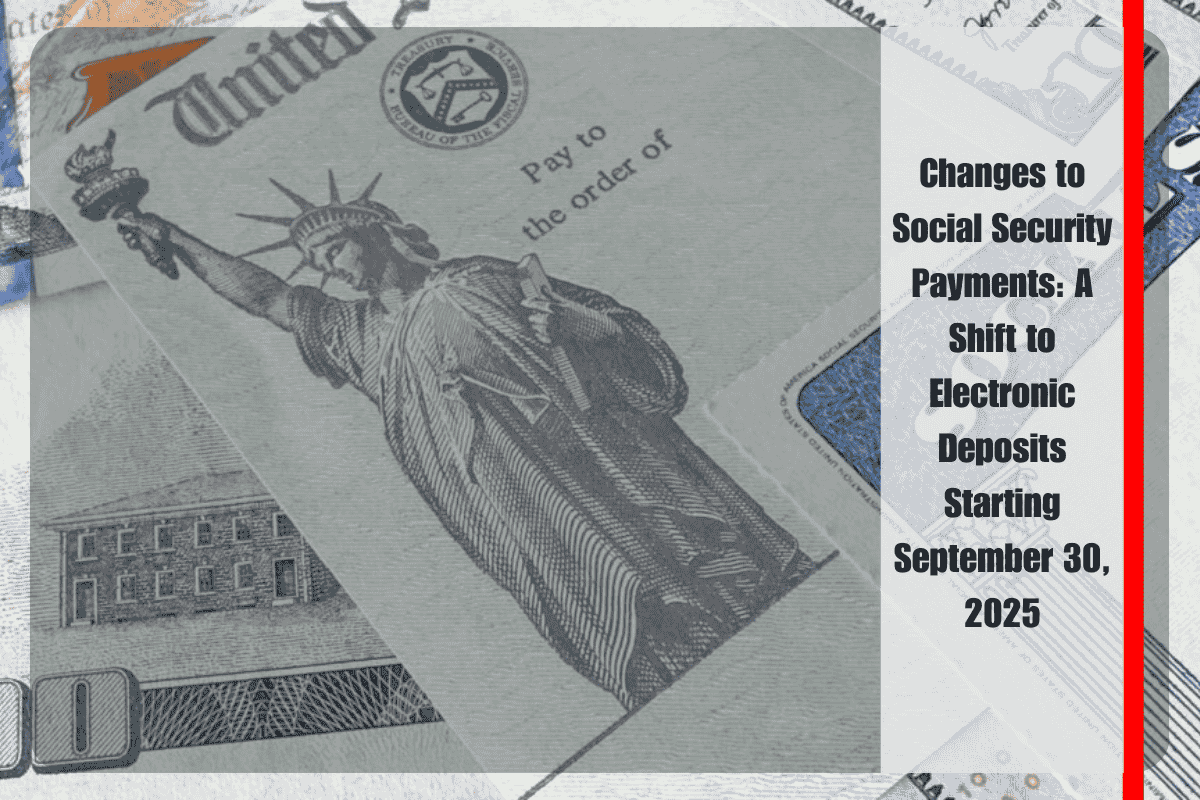Millions of Americans rely on Social Security Disability Insurance (SSDI) to support their families and cover essential expenses. If you’re one of the recipients expecting a deposit in July 2025, this guide will help you understand everything you need to know, including fixed dates, the latest cost-of-living adjustment (COLA) updates, and the new overpayment recovery rules. These details matter because they can affect the amount you receive, how it’s paid out, and important eligibility rules.
Payment Dates for SSDI Recipients in July 2025
SSDI payments in July 2025 will follow the regular, birthdate-based staggered schedule. This schedule ensures that payments are spread out over the month to avoid congestion in processing. The first group, for those who started receiving SSDI before May 1997, along with Supplemental Security Income (SSI) beneficiaries, will have payments delivered on Thursday, July 3. The next group, SSDI recipients born after April 1997 with birthdays from the 1st to the 10th, will have their payments on Wednesday, July 9. For recipients with birthdays between the 11th and 20th of the month, payments will be made on Wednesday, July 16. Lastly, those with birthdays between the 21st and 31st of July will receive their payments on Wednesday, July 23. This staggered payment system, with deposits on the second, third, and fourth Wednesdays of July, is consistent and follows the annual structure. There are no changes to this system for July 2025, so recipients can expect their deposits on these dates.
SSDI Payment Amounts for July 2025
The amount of SSDI benefits can vary depending on work history and individual circumstances, but here’s a general overview. The average SSDI payment for disabled workers is $1,581, reflecting a 2.5% COLA increase that took effect in January 2025. The maximum SSDI payment for workers who have 35 top-earning years and filed for SSDI at the optimal age is $4,018. Retirees who delay their benefits until age 70 can receive up to $5,108. If the SSDI recipient has dependents (like a spouse or children), they may receive up to $2,826. For retired couples, the combined payment can reach up to $3,089. Widowed parents may receive up to $3,761. The cost-of-living adjustment (COLA) affects payments, but the maximum SSDI payment is set and remains the same for the year. For those with specific medical conditions or unique circumstances, amounts may vary.
SSDI Eligibility Requirements
To qualify for SSDI benefits, you must meet specific medical and work history criteria. Medical eligibility requires that you have a disability that prevents you from working for at least 12 months or a terminal illness. The disability must match the conditions listed in the Social Security Administration’s (SSA) Blue Book. Work credits are another essential factor. In 2025, to earn one credit, you need to make $1,810 in a quarter, with a maximum of four credits per year. Most people need 40 credits total to qualify for SSDI, with at least 20 of those credits earned in the 10 years leading up to their disability. Younger workers may need fewer credits. Spouses and children of SSDI recipients may also qualify for auxiliary benefits, based on the primary beneficiary’s payment. Disabled adult children can also receive benefits if their disability started before age 22. After being on SSDI for 24 months, you automatically qualify for Medicare coverage, including hospital and medical services under Parts A and B. For prescription coverage, you’ll need to sign up for Part D separately.
New Overpayment Recovery Policy Starting July 2025
If you received extra SSDI payments and now have an overpayment, the SSA has updated its recovery rules. Beginning on July 24, 2025, overpayments discovered after April 25, 2025, will result in a 50% monthly withholding of future SSDI benefits until the debt is paid off. This is a significant increase from the previous withholding rate of 10%. However, if repaying the overpayment causes financial hardship or the overpayment wasn’t your fault, you can request a waiver. You will need to provide evidence to the SSA for consideration, but there are no guarantees that your request will be approved. If you believe you’ve been overpaid, it’s important to act quickly. Visit your local SSA office to report the overpayment and get guidance on how to resolve the issue and avoid further complications.
As millions of SSDI recipients eagerly await their July 2025 payments, understanding the payment schedule, the amount you’ll receive, and the new overpayment policies is crucial. Make sure to check your specific payment date based on your birthdate and be aware of the new withholding rules. This information can make a big difference in how you manage your SSDI benefits, especially when every dollar counts.












